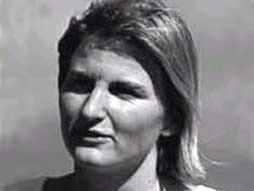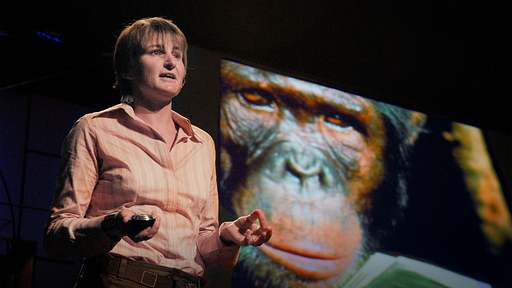TED Fellow and space archaeologist Sarah Parcak heads to ancient Rome
TED Fellow Sarah Parcak is a “space archaeologist” who uses infrared technology coupled with satellite imagery to discover previously hidden ancient structures and cities. In this exciting talk from TED2012, she shares how she helped unearth an unknown Ancient Egyptian city through satellite imaging. Now, Parcak is turning her attention to Ancient Rome in a […]
Continue reading
